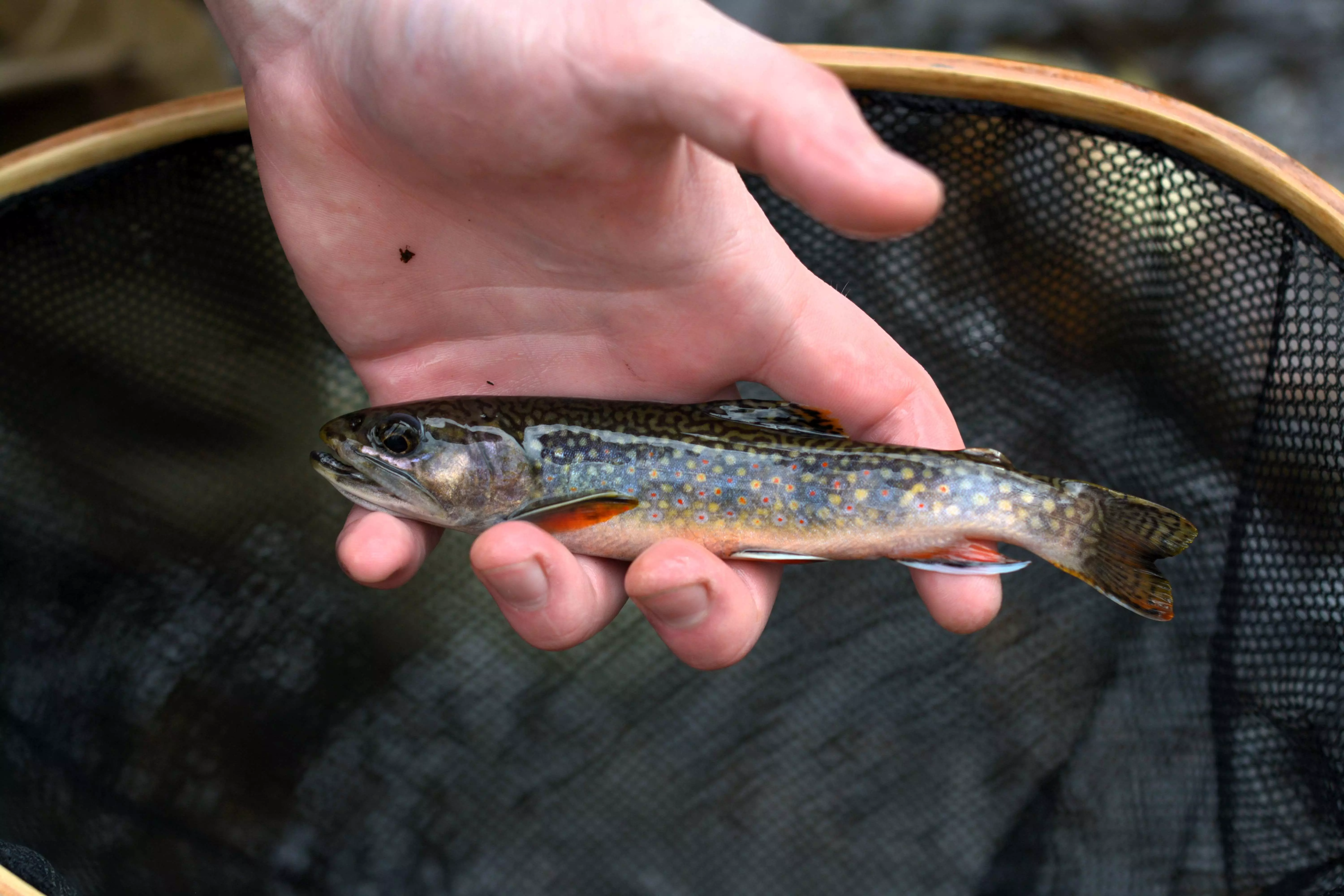Feeding fish and algae
Crucial factors for successful farming
A central issue in aquaculture is the feeding and nutrition of the fish or algae. These have an influence, whether direct or indirect, on the welfare, growth, metabolism and reproduction of the organisms, and are a major expense within production, making up 60–70% of the costs in this area. Health is another important factor as well as growth. Precise dosing is crucial for these animals, which often start out very small. This applies to feed, and even more so to medicine. As such, TEWE’s dosing technology, which allows up to 15 minimal quantities of components to be mixed together, and sophisticated control technology are decisive in ensuring high-quality, competitive production of these important foods.

Benefits
- increased, controlled hygiene
- ultra-precise dosing – including of medicines
- reliable and plannable manual, semi-automatic, or fully automatic feeding
- optimal feed distribution
- individual adjustment based on growth rate
- flexibility in terms of changes in feedstuff composition and feeding intervals
- reduced feed loss and water pollution
- shorter production times and improved feed conversion ratio
- intuitive operation and long service life
- data management and process visualisation
- individual sequence and feed curve for each feeding point
- descriptive name for each feeding point
- water-temperature-dependent feed quantities
- LAN interfaces and remote access
- connection to oxygen system
- data interface to management software
Aquaculture mainly exists to provide human nutrition and has been the fastest-growing area of food production in recent years. Global production reached 126 million tonnes in 2021.
Feeding and culture technology are key to success. These not only include the components used, such as filters and pumps, but also the meticulously managed administration of feed and medicines. TEWE stands out not only because of its proven expertise in feeding systems, but also its position among the undisputed market leaders in dosing precision. The smaller and more sensitive the animals, the more each microgram matters.
Production takes place in vastly differing systems, such as ponds, high-tech recirculating aquaculture systems, open net enclosures, and closed algae-cultivation systems. TEWE has the perfect, tailored feeding solution for each of these systems.
Dry feeding systems
These predominantly involve the use of commercial fish feedstuffs which are tailored to the specific nutritional needs of each fish species. Just like production methods for livestock, optimised fish-nutrition protocols are always based on reproducible, plannable feeding, such as that offered by TEWE’s professional, automated feeding systems. It is vital to ensure a secure supply of feed with consistent quality and grain size.
The feedstuffs are distributed with single-gram precision using the automatic feeding system, in which the feed and feeding method are adjusted to the species- and age-specific needs of the culture organisms as well as to the culture system.
Another benefit of TEWE feeding systems is their high degree of flexibility. Since feeding needs to be species-specific and be adjusted within life cycles, the feeding systems have to meet very high demands: it must be possible at all times to easily adjust and save settings regarding feeding frequency, feed dosing and feedstuffs. Not only does this promote healthy growth, but it is also essential in preventing overfeeding, water pollution, overfertilisation, and excess costs.
TEWE feeding systems are always planned and constructed in line with the relevant requirements, they are available in stainless steel, and they are suitable for both small and large-scale operations. Their performance can be adjusted for anything from a few thousand to several million fish per year.
Liquid feeding systems
In the early developmental stages, many fish species need to be fed with liquids or pastes as their digestive systems are not yet fully developed and/or they can more easily consume smaller particles. Other species are often fed special liquid feed formulations to boost their growth and their chances of survival. For these fish/algae, TEWE offers liquid feeding systems which are equivalent to dry feeding systems on a technical level, with the only difference being that the feed consists of a mixture of nutrients, oils and other ingredients suspended in liquid. It is also vital in these systems to ensure precise dosing and frequent administration of the nutrient solutions, as otherwise the expensive liquid nutrient solution, along with the medicine, will literally be lost at sea. The liquid feeding systems contain pumps and tubes which convey the liquid feed into the fish tanks or cages. The feed dosing can also be variably controlled with schedules or sensors.

